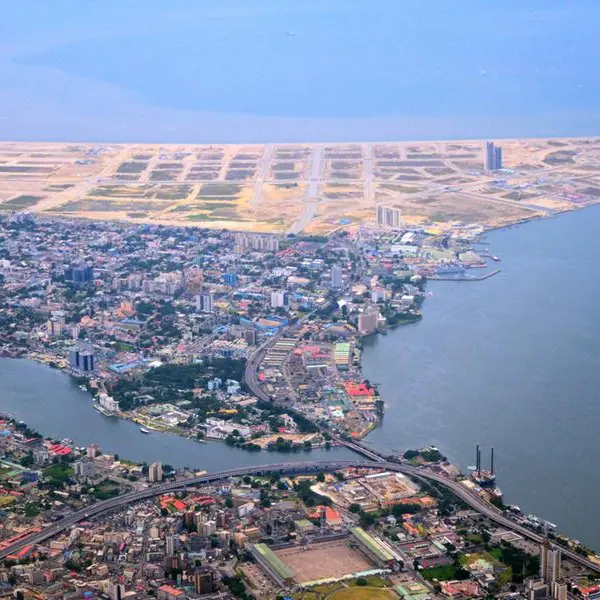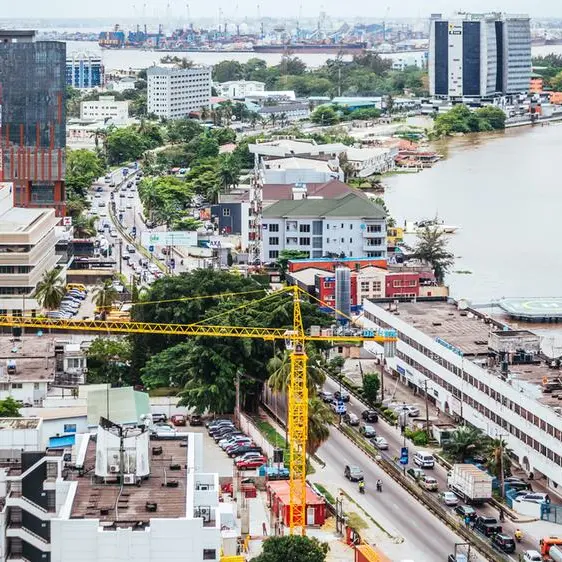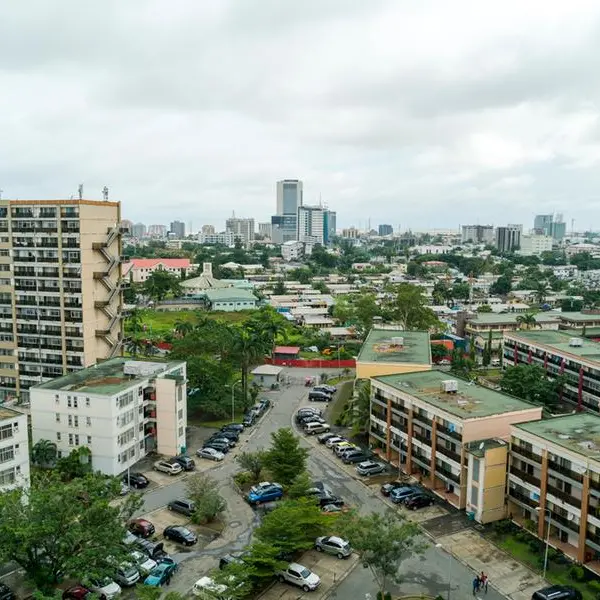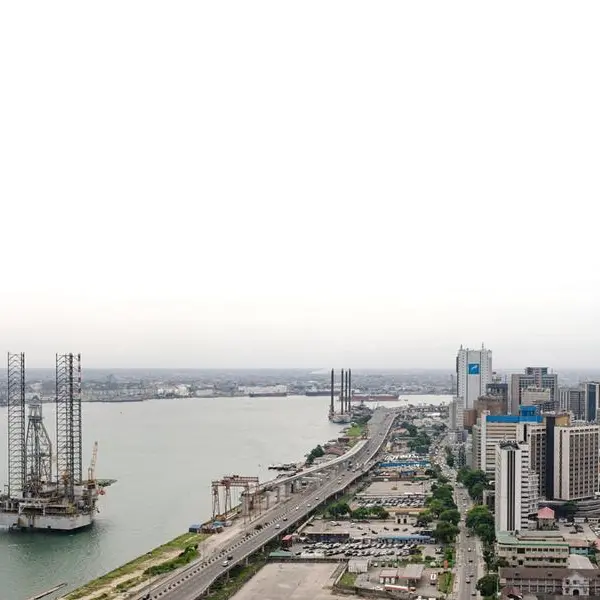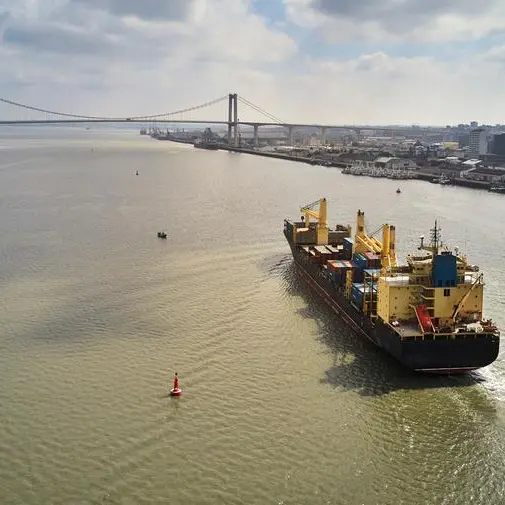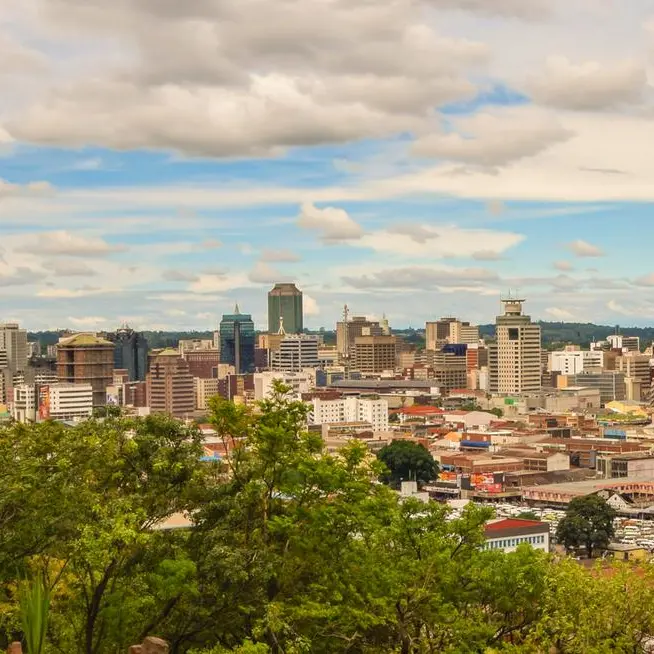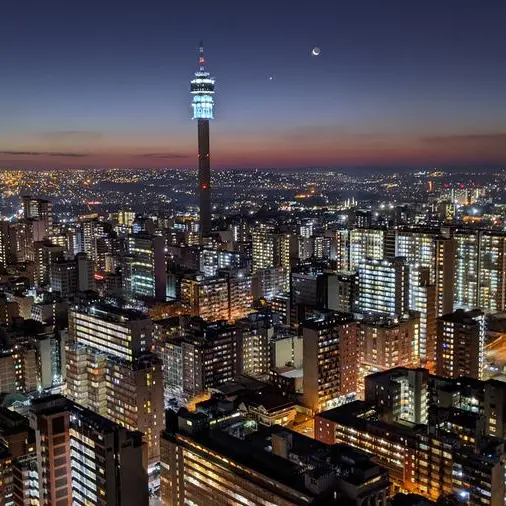PHOTO
East Africa’s electricity supply is set for a boost once the Julius Nyerere Hydropower Project (JNHPP) goes online.
At the 16th Meeting of the Sectoral Council of Ministers on Energy held in Arusha, on February 13, the ministers said the 2,115MW, $2.9 billion project across the Rufiji River will be a game-changer in the region.
The project is part of Tanzania’s power master plan, which aims to interconnect the grids of Tanzania, Kenya, Uganda and Zambia.“Energy plays a critical role in industrial development and investment promotion… and this project is a milestone that will reduce the deficit of electricity not only in Tanzania but in the entire region,” said Shaib Hassan Kaduara, Minister of Water, Energy and Minerals of Zanzibar.
Read: AfDB wants Kenya, Tanzania electricity deals finalisedThe World Bank says that one out of two people in Sub-Saharan Africa lacked access to electricity in 2023.
According to the International Energy Agency, more than 800 million people — 11 percent of the world's population – still live without reliable electricity. Some 600 million of them live in Sub-Saharan Africa and about 82 million are in Kenya, Tanzania and Uganda.“Setbacks were observed in almost 80 percent of countries in Sub-Saharan Africa, notably in the Democratic Republic of the Congo, Ethiopia, Sudan, Tanzania and Uganda,” says the report.
At the sectoral meeting, partner states reported that investments in wind and solar energy infrastructure were also underway, from Burundi's solar mini grids to Kenya's wind and solar projects, all aimed at increasing renewable energy contributions to the national grids.
The region has a total power supply installed capacity of 7,381.67MW while the total system peak demand stands at 4,811.2MW. The regional per capita electricity consumption was reported to range from 25 kilowatt hours in Burundi to 153 kilowatt hours in Kenya.“As a region, we must focus on sufficient, reliable and cost-effective energy to meet our development needs, and in this regard, there is a need to come up with solutions that will guide the sector,” said Annette Ssemuwemba, EAC Deputy Secretary-General in charge of Customs, Trade and Monetary Affairs.
Read: Tanzania doubles stake in French-operated gas fieldRwanda and Tanzania reported increased investment in solar energy projects, while Uganda reported that she is focusing on solar energy deployment for rural electrification.
The Kenyan grid is interconnected with the Ethiopian grid through a 1,058 km line. Further regional interconnections will be achieved through an interconnector with Tanzania, and second line with Uganda. These projects will facilitate the creation of a regional power market.
The report also evaluated green energy projects, with only Kenya having successfully launched geothermal energy projects. In Kenya geothermal resource potential is estimated to be 10,000MW, but currently installed capacity is 985MW and contributes about 30 percent of the total electricity installed capacity.
Installed green energy constitutes 78 percent (2,398 MW) of the total generation capacity of 3,322MW and above 90 percent by dispatch. © Copyright 2022 Nation Media Group. All Rights Reserved. Provided by SyndiGate Media Inc. (Syndigate.info).

